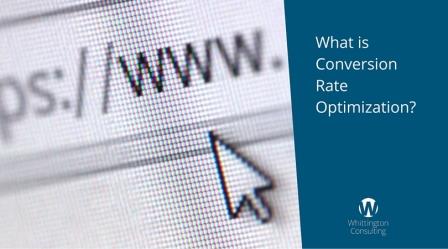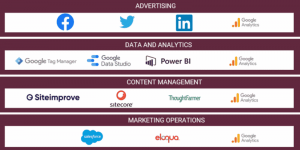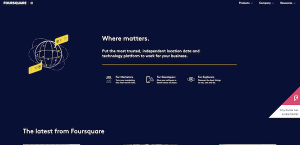
When it comes to a company website that generates leads and new sales contacts, conversions are critical. A “conversion” refers to website visitors performing an action that you want them to take – filling out a contact form, downloading a whitepaper, starting a software trial, scheduling an appointment, or any action that requires someone submitting contact information.
You may have heard of “conversion rate” thrown around in a conversation about ecommerce or online retail, but conversion rate optimization applies to your company website, too.
Why is Conversion Rate Optimization Important?
The reason we’re writing about conversion rate optimization (CRO) is that companies are not spending any time or effort on conversion rate optimization but should be. Your company may spend lots of money getting visitors (I talked to one company last week that was spending $ 9,000 per month on Google Adwords), but no money on converting that traffic to leads for the sales team.
The conversion rate is the ratio of conversions to your total number of website visitors. This metric tells you just how effective your company website is at getting people to take action. It measures how wide the bottom of your lead funnel is. The higher the conversion rate, the more website visitors are taking the intended action.
Not only does that mean that higher conversion rate means more leads, but if you’re advertising to get people to your website, higher conversion rate means lower cost per lead.
How Do You Start Optimizing?
Conversion rate optimization is both an art and a science. While knowledge and research are essential, much of what works can only be learned by experience and practice on your own company website.
If you’re brand new to CRO, you might want to read our article on optimizing your website in just 2 hours a week. You might get some ideas from that article, like finding the high impact pages on your website first.
Here’s how you can get started today. There are different approaches used to optimize conversion rates, and here are some of the things you can start with:
- Create a Call To Action for every page: You may not be getting leads from the company website simply because your visitors haven’t been properly asked to take a next step. Our research and experience shows that a call to action on every page will result in more leads. Some calls to action work better than others. A simple button that asks people to “talk to an expert” might work well for companies in highly specialized niches, while a link to download a guide or whitepaper might work better for other companies. What information is most sought after by your customers? Start there.
- Improving Path to Conversion: If a visitor decides to click on your call to action, how many steps do they need to take to become a lead or take a desired action? Visitors have very little patience and will quickly give up if they encounter a cumbersome or dysfunctional experience. What are you doing to guide the visitor to where they can convert?
- Shorten web forms: Many companies have detailed forms on their website and wonder why they don’t generate leads. Can you reduce the amount of information you collect online and let your sales team collect more information after the conversion?
- A/B Testing: Research and thoughtful design will produce pages that are, in theory, highly effective. But when you work at your company long enough, you lose your ability to put yourself in the customer’s shoes. Pages must ultimately be tested with live visitors to see what works best. Some companies use A/B testing (also called split testing) to test optimizations to their web pages. When a visitor navigates to a page, one of two different designs (usually a “control” and test version) are selected at random. The conversion rate is tracked to see which one is more effective.
Takeaway
CRO focuses on your website visitors to improve your site’s user experience and your conversion rate, helping you generate more leads. Optimizing for conversion is extremely important, as it enables you to be more effective with the visitors you have, rather than spending more time and money trying to increase traffic.
Digital & Social Articles on Business 2 Community
(69)
Report Post








